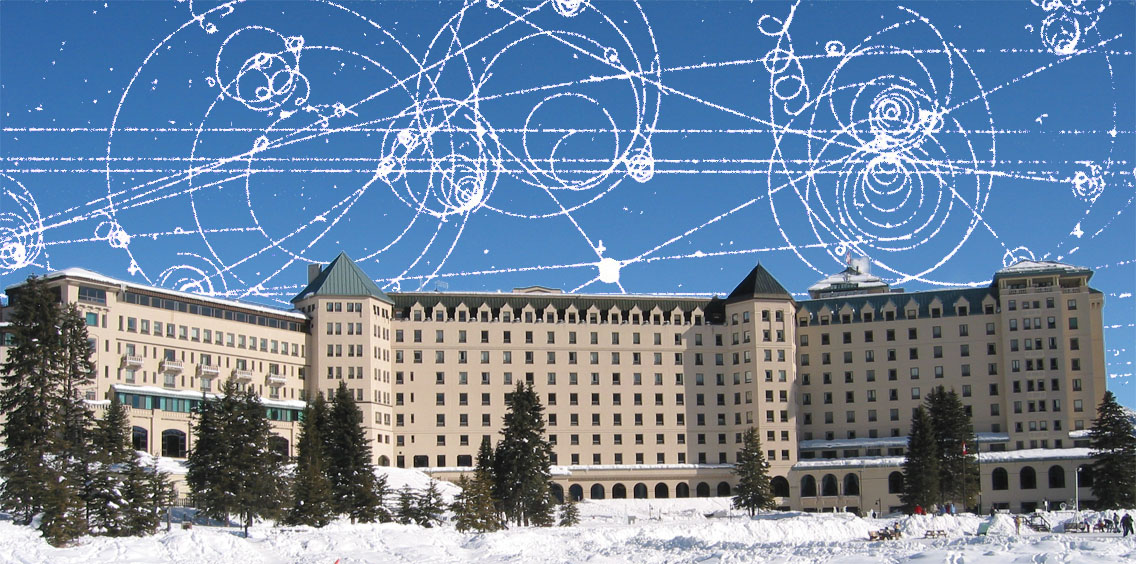Speaker
Description
A data sample containing top quark pairs produced in association with a boosted \PZ or Higgs boson is used to search for signs of new physics within the framework of effective field theory (EFT). The data correspond to an integrated luminosity of $138\fbinv$ of proton-proton collisions produced at a center-of-mass energy of 13 TeV at the LHC and collected by the CMS experiment. Selected collision events contain a single lepton and hadronic jets, including two identified with the decay of bottom quarks, plus an additional large-radius jet with high transverse momentum (\pt) identified as a \PZ or Higgs boson candidate decaying to a bottom quark pair. Machine learning techniques are employed to discriminate \ttZ and \ttH events from background processes, dominated by \ttjets production. The signal strengths of boosted \ttZ and \ttH processes are measured, and upper limits are placed on the \ttZ and \ttH differential cross sections as functions of the \PZ or Higgs boson \pt. In addition, new physics effects are probed using a parameterization of the signal in terms of eight Wilson coefficients corresponding to EFT operators. The eight coefficients are fit simultaneously to the data. Limits on the values of the Wilson coefficients are presented, including five which strengthen constraints from measurements in other final states.

